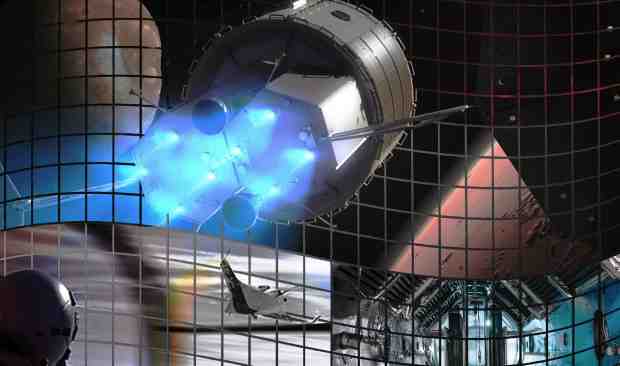NASA Selects Over 100 Small Business Projects for Space Innovation

NASA Selects Over 100 Small Business Projects for Space Innovation
NASA has selected 133 proposals from U.S. companies to conduct research and develop technologies that will enable NASA’s future missions into deep space and benefit the U.S. economy.
The proposals, valued at approximately $100 million total for contract negotiations, were selected under Phase II of NASA’s Small Business Innovation Research (SBIR) program.
According to NASA, SBIR Phase II projects will expand on the results of recently completed Phase I projects. Phase I projects received six-month contracts of as much as $125,000.
Phase II contracts are awarded up to $750,000 and the period of performance is no more than two years. Successful Phase II projects may go on to Phase III of the program – commercialization of the innovation.
[ Dear Mr. Arun Jaitley, Please Help the Poor Kids ]
The proposals were selected according to their technical merit and feasibility, in addition to the experience, qualifications and facilities of the companies, and their work plans and commercial potential. The fundamental requirement, however, is that the proposals answer needs that are core to the agency’s future exploration goals.
NASA’s SBIR program is a competitive, awards-based program that encourages U.S. small businesses to engage in federal research, development and commercialization.
The program allows businesses to explore technological potential and provides the incentive to profit from new commercial products and services.
Small businesses create about two out of every three jobs in the United States each year, and about half the workforce either own or work for a small business.
The SBIR program is managed for STMD by NASA’s Ames Research Center in California’s Silicon Valley. STMD is responsible for developing the cross-cutting, pioneering, new technologies and capabilities needed by the agency to achieve its current and future missions.
Photo courtesy: NASA














